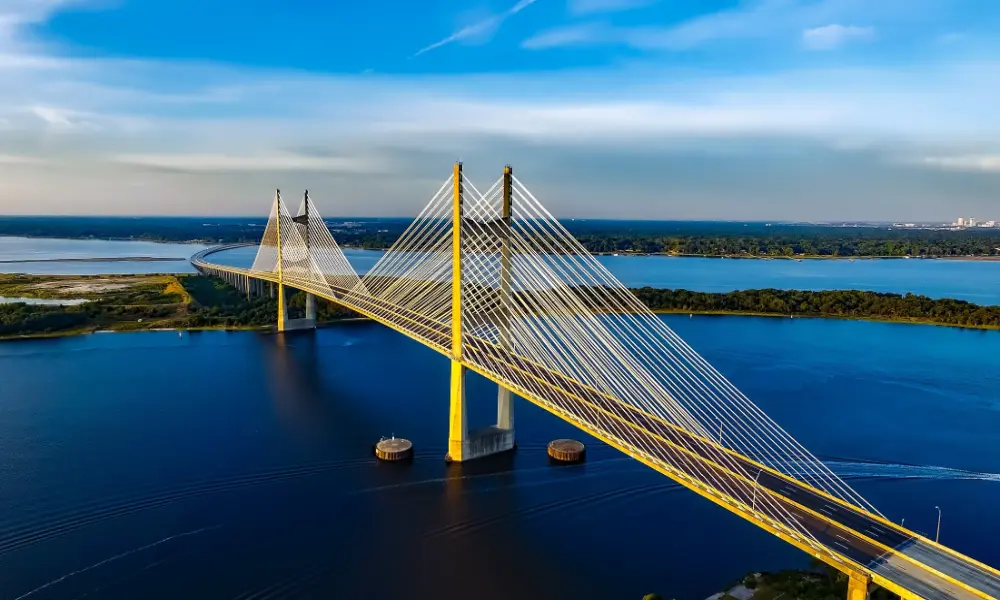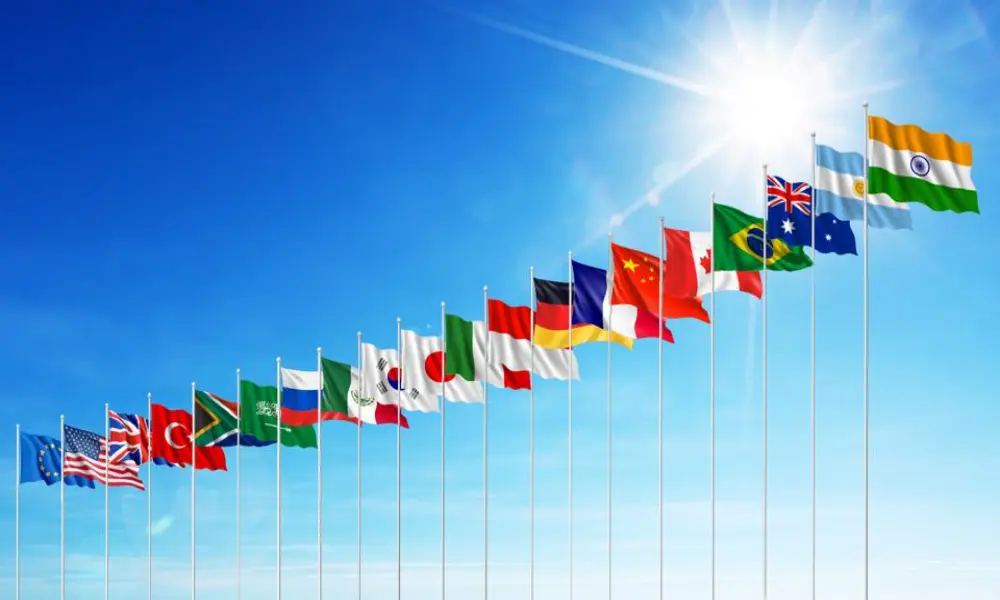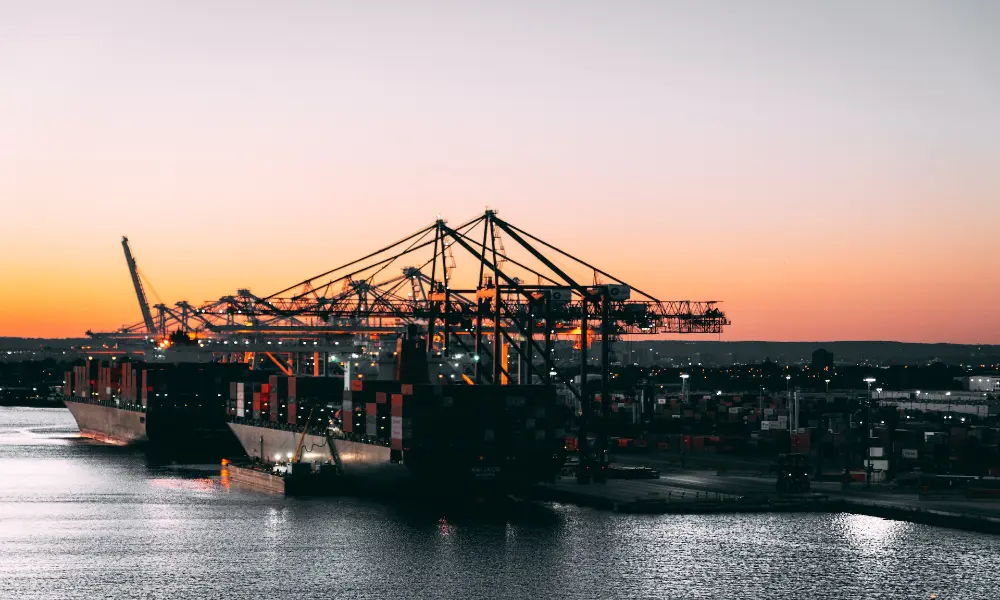Ah, the open seas, where massive vessels slice through the water, carrying goods and dreams to distant shores. And at the heart of this maritime ballet is the Singapore Registry of Ships (SRS), an institution overseen by the Maritime and Port Authority of Singapore. Established in 1966, the SRS boasts an impressive roster of about 4,000 vessels, which collectively total over 100 million gross tonnage. In fact, it’s ranked among the world’s largest ship registries, and it’s not just about size – the SRS also proudly flaunts one of the youngest and highest quality fleets out there.
One of the shining stars in this constellation of seafaring marvels is the Eagle Veracruz, a behemoth of the seas. Named after the Mexican state of Veracruz, which hosts one of the oldest ports in Mexico, this dual-fuelled LNG VLCC is a sight to behold. Stretching over 330 meters in length and boasting a volume exceeding 156,000 gross tonnage, the Eagle Veracruz is not just big; it’s a marvel of engineering. Equipped with a host of energy-efficient design features and cutting-edge technology, this vessel is a paragon of eco-friendliness.
The list of efficiency-boosting features on the Eagle Veracruz reads like a utopian manifesto for ship design. An optimized hull form reduces drag and fuel consumption, while an enhanced rudder design enhances stability and maneuverability. Throw in a wake duct that improves propeller efficiency, and you’ve got a recipe for sailing smoother seas while burning less fuel. Not content to rest on its laurels, the main engine of the Eagle Veracruz is built on a modular concept, allowing for future retrofit options to potentially run on low- and zero-carbon fuels.
But the SRS isn’t just about big ships and impressive stats. It’s also on the frontline of maritime digitalization and decarbonization. In 2023 alone, 22 newly Singapore-registered ships proudly received Green Ship Certificates under the Green Ship Programme, a clear sign that the winds of change are blowing through the maritime industry. And the Maritime and Port Authority of Singapore expects more environmentally friendly vessels to flock to the SRS in the coming years, making it the flag of choice for those looking to sail into a greener future.
In a world where the environmental impact of shipping is under increasing scrutiny, the SRS and vessels like the Eagle Veracruz stand as beacons of hope, showcasing that the age-old romance of the sea can coexist harmoniously with the urgent need for sustainability. These are the voyages that not only carry goods across the ocean but also carry the dreams of a cleaner, greener future.



